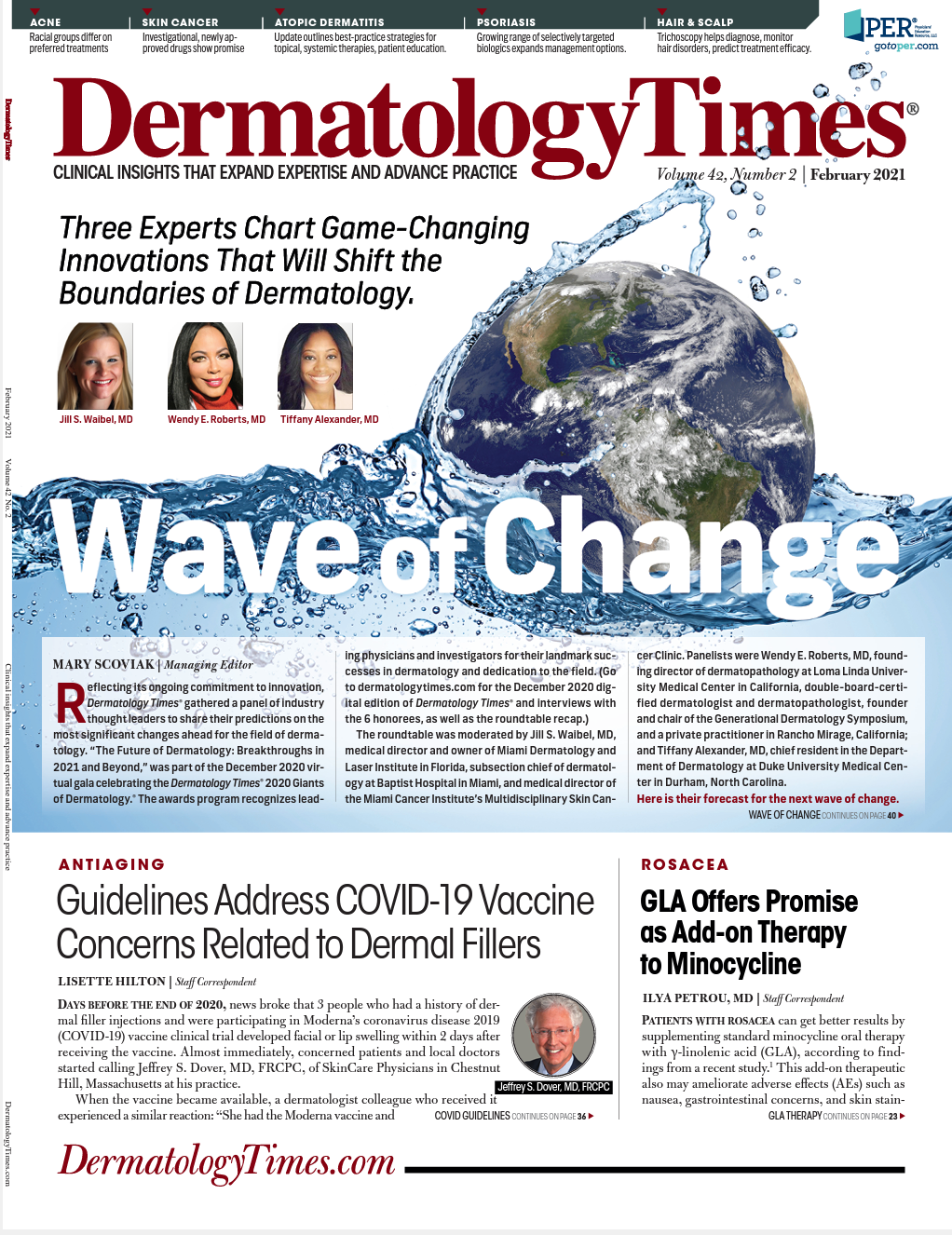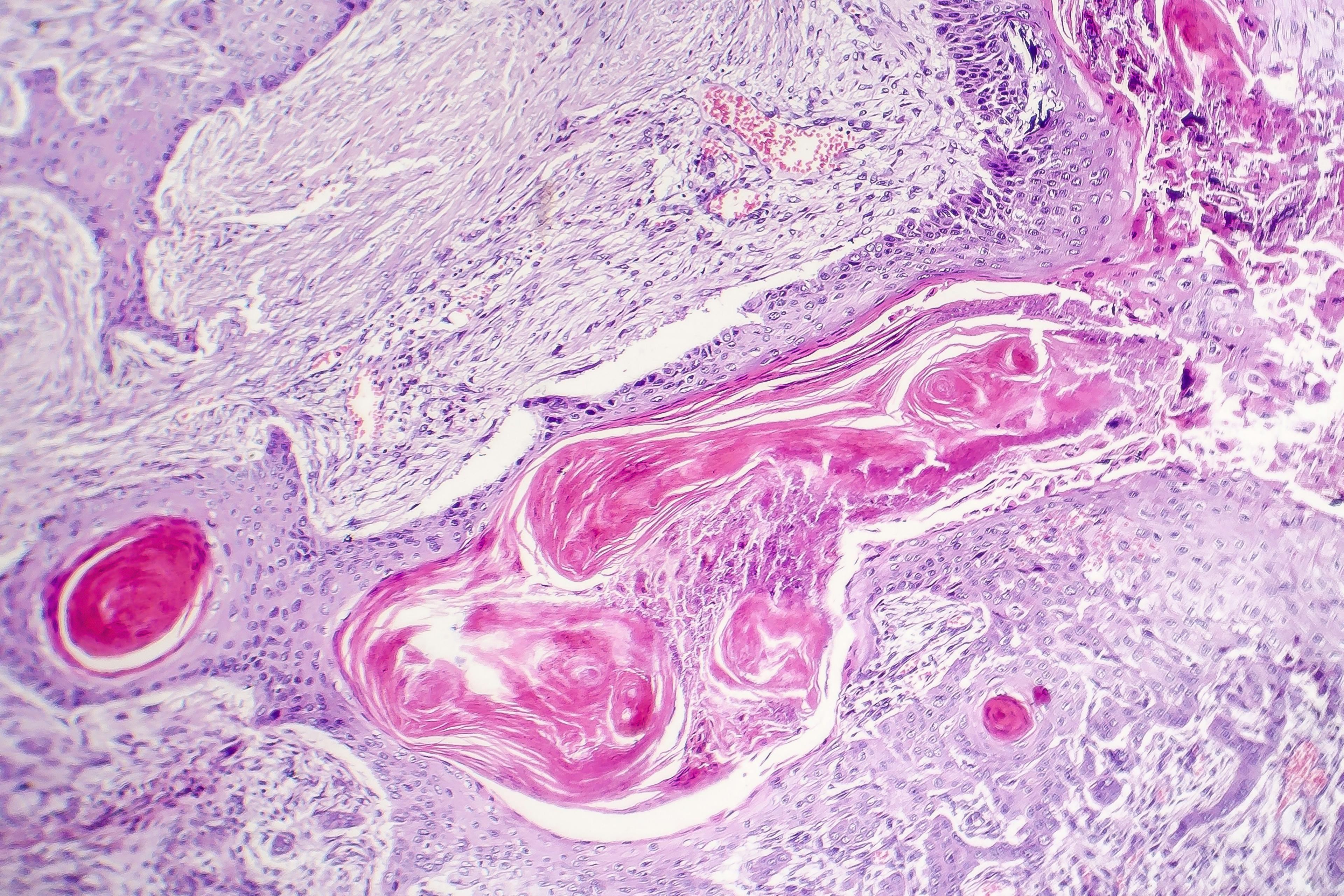- Acne
- Actinic Keratosis
- Aesthetics
- Alopecia
- Atopic Dermatitis
- Buy-and-Bill
- COVID-19
- Case-Based Roundtable
- Chronic Hand Eczema
- Drug Watch
- Eczema
- General Dermatology
- Hidradenitis Suppurativa
- Melasma
- NP and PA
- Pediatric Dermatology
- Pigmentary Disorders
- Practice Management
- Precision Medicine and Biologics
- Prurigo Nodularis
- Psoriasis
- Psoriatic Arthritis
- Rare Disease
- Rosacea
- Skin Cancer
- Vitiligo
- Wound Care
Publication
Article
Dermatology Times
Pediatric Teledermatology Adds Access, Cuts Wait Times
Author(s):
With up to 30% of pediatric health care visits involving skin complaints and fewer than 400 board-certified pediatric dermatologists in the United States, teledermatology offers a valuable tool for increasing access and cutting wait times.
Up to 30% of pediatric health care visits involve skin complaints; yet, as of last year, fewer than 400 board-certified pediatric dermatologists are practicing in the United States, according to Amor Khachemoune, MD, senior author of a recent review of research related to pediatric teledermatology.1
“In some settings, the wait time for patients to be seen in person by a board-certified pediatric dermatologist can exceed 100 days,” said Khachemoune, a dermatologist affiliated with SUNY Downstate Health Science University’s dermatology service in Brooklyn, New York, and the VA New York Harbor Healthcare System’s Brooklyn Campus. “The COVID-19 [coronavirus disease 2019] pandemic has further complicated delivery of in-person dermatologic care for children and adolescents.”
One solution: appointments by phone call or videoconference. To synthesize important teledermatology features and guidelines, Khachemoune and coauthors Alexander Cartron, BS, and Paola Aldana, MD, reviewed 35 relevant publications dating back to 2008.1 As with remote visits for adult patients, they concluded, pediatric teledermatology can boost patient access and practice efficiency. But to encourage wider adoption, the authors added, inconsistencies in reimbursement must be addressed.
Similar to in-person pediatric visits, the most common pediatric diagnoses addressed via teledermatology included atopic dermatitis, molluscum contagiosum, verruca vulgaris, benign melanocytic nevi, acne, pigmentary disorders, and wounds.1 Teledermatology also may be helpful for pediatric vascular tumors including infantile hemangiomas and for rare cutaneous diseases, the authors wrote. Virtual visits’ limitations include decreased accuracy because of the inability to obtain a comprehensive history and total body skin examination.
“Diagnostic concordance for telemedicine vs in-person visits varies based on case type,” Khachemoune said. For example, he said, birthmarks, rashes, and acne may be well-suited for remote visits. A previous study found concordance rates of 92% for rashes and 100% for birthmarks.2 “For pigmented lesions, teledermatology is likely best used as a triage tool followed by in-person clinic follow-up,” he said.
Best-practice recommendations from the American Telemedicine Association include considering in-person visits for total-body skin examinations, hair-bearing skin, pigmented lesions, and mucosal lesions and for patients with skin of color, depending on lighting and background conditions. For store-and-forward cases, the American Academy of Dermatology recommends that the dermatologist have either previous face-to-face interaction with the patient or an established relationship through live videoconferencing, unless the dermatologist is part of an integrated care-delivery system.
The authors suggested using a template for televisits to collect patient information and histories, supplementing clinical photos with video footage if needed, and ensuring follow-up with a pediatric dermatologist or primary care provider.
“Formal store-and-forward teledermatology may help optimize evaluation and management requests from other specialists, promote reimbursement, enhance communication among multiple providers, and improve workflow if in-person evaluation is not possible,” the authors wrote. At UPMC Children’s Hospital of Pittsburgh in Pennsylvania, a store-and-forward pediatric teledermatology system within the existing EHR enabled dermatologists to respond to ED consults in less than 1 hour and to inpatient and intensive-care unit consults in less than 12 hours.
However, inconsistent reimbursement has created challenges for store-and-forward strategies. “We were surprised by the current incentive structure, which makes teledermatology a less attractive option for providers than in-person visits, especially in the inpatient setting,” Khachemoune said.
Under 2019 Centers for Medicare & Medicaid Services (CMS) rules, outpatient teledermatology was covered only if the patient was already established within a practice. Applicable reimbursement codes for telemedicine ranged from $12 to $14. Responding to the COVID-19 crisis, CMS issued a waiver allowing Medicare to pay for office, hospital, and other telehealth visits starting in March 2020.
Going forward, Khachemoune called for sustainable reimbursement options for all modalities once restrictions stemming from the COVID- 19 pandemic are eased. “The current reimbursement model for telemedicine requires modification to ensure appropriate compensation for both asynchronous and synchronous platforms,” he said.
Disclosures:
Khachemoune reports no relevant disclosures or financial interests.
References:
- Cartron AM, Aldana PC, Khachemoune A. Pediatric teledermatology: a review of the literature. Pediatr Dermatol. Published online December 9, 2020. doi:10.1111/ pde.14479.
- O’Connor DM, Jew OS, Perman MJ, Castelo-Soccio LA, Winston FK, McMa- hon PJ. Diagnostic accuracy of pediatric teledermatology using parent-submitted photographs: a randomized clinical trial. JAMA Dermatol. 2017;153(12):1243-1248.

Newsletter
Like what you’re reading? Subscribe to Dermatology Times for weekly updates on therapies, innovations, and real-world practice tips.































